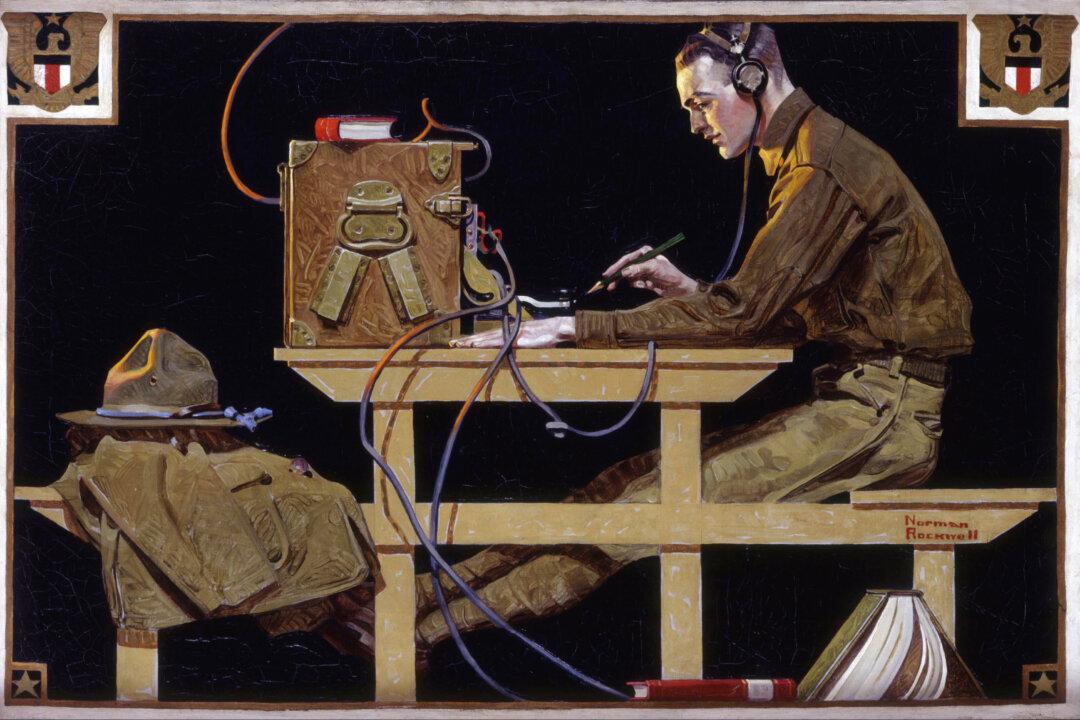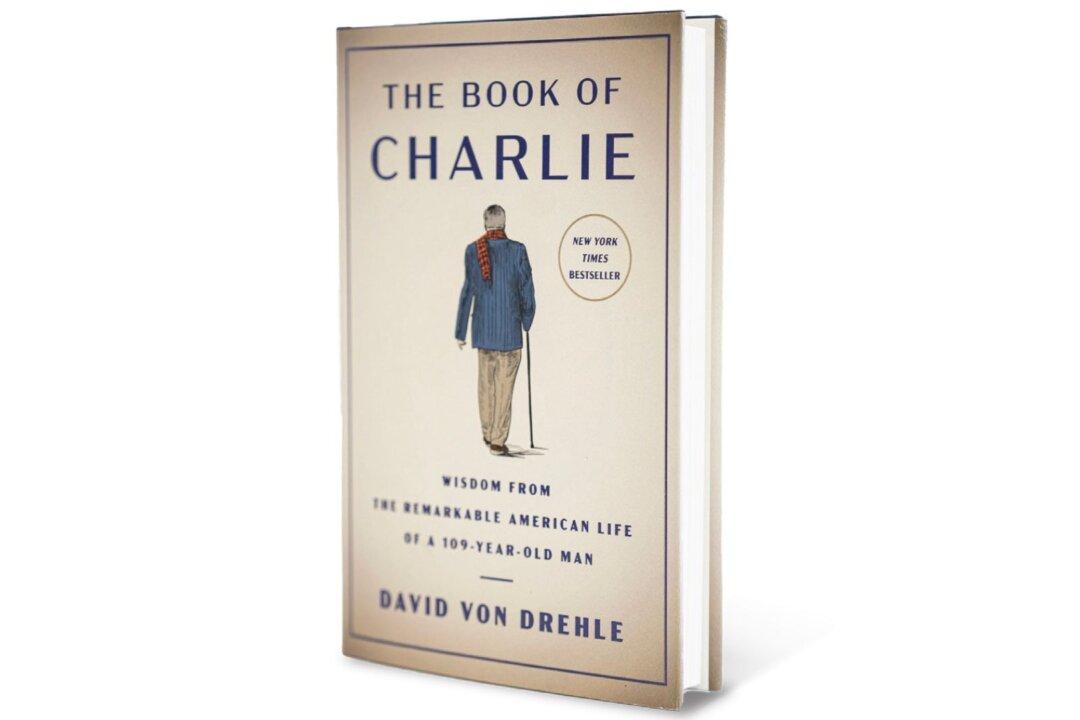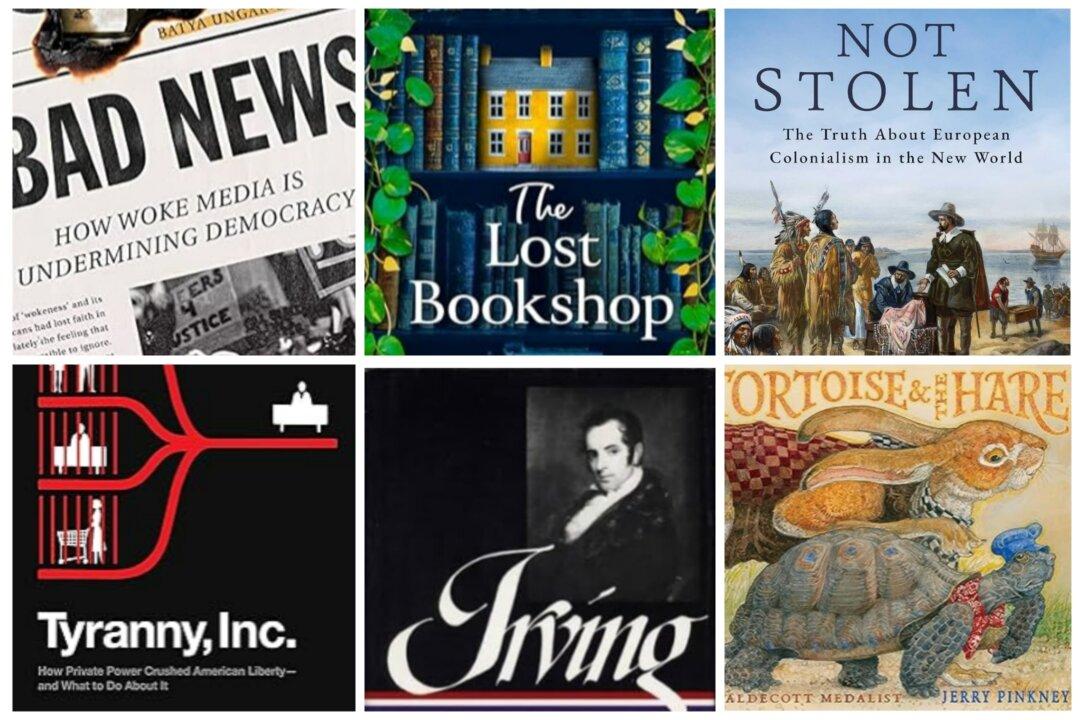Communication through the air. You cannot see it move. It’s a beautiful, magical thing.
The technology has grown by leaps and bounds through the decades. We take our smartphones for granted now. But during World War II, you needed wires, antennas, transmitters, and receivers. Hearing voices from afar and the messages they carried was vital information during wartime.






